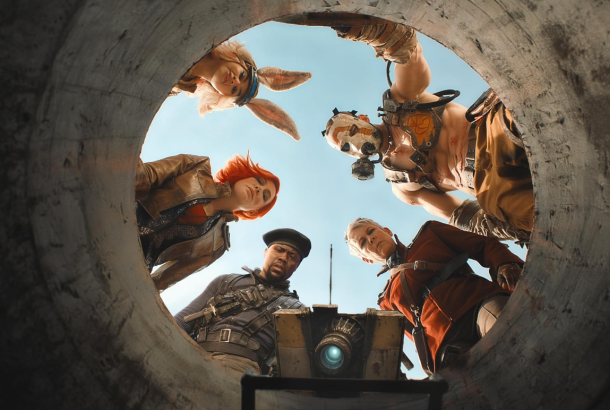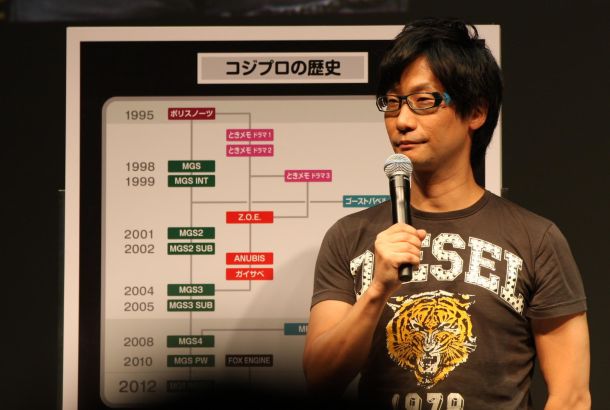Why FIFA is the root of the lootbox infection
By Jeremy Bijl
When EA hit the headlines for the controversy surrounding the pay-to-win mechanics, loot boxes, and microtransactions in Star Wars: Battlefront II, I have to admit I was not as struck by it as many people were. Partly — as someone who has been talking about microtransactions for years, and more recently writing about it — I simply wasn’t surprised. But I think there is a deeper, more worrying reason: I have been anaesthetised to it by playing FIFA’s ‘Ultimate Team’ for years.
FIFA has quietly gone under the microtransaction and loot box radar in critical discourse for years (perhaps because it is relatively niche in America) but it is arguably the most relevant game in the whole debate.
For a start, the sheer longevity that FIFA has been employing the same tactics that have attracted so much derision in Battlefront II is astounding. An article on Gamer Professionals named Dead Space 3 (2013) as the earliest ‘AAA’ title to start pedalling microtransactions. FIFA was doing it as early as 2008 in FIFA 09.
But does it feature similar gambling and pay-to-win mechanics to Battlefront II?
The loot boxes (called ‘packs’) in FIFA may look different to those in Battlefront II and Call of Duty: WWII, but they are there just the same. Like other, heavily criticised loot boxes, they contain a mix of essential items (players and managers), cosmetic items (kits, balls, stadiums) and boosters and modifiers (coaches, training cards).
EA’s FIFA Ultimate team cards are one example of a controlled, card-based economy. photo:EAsportsWith the exception of cosmetic items, these cards give you tangible in-game advantages, and, they can be bought. As in Battlefront II — whose star cards are not so unlike FIFA’s cards — they cannot be bought directly, and you are forced to open packs to get items that can be sold for coins which, in turn, can be used to buy players.
In my book, using real money to buy in-game advantages is the definition of pay-to-win.
I envisage a couple of main defences for FIFA in this argument: that you can earn coins by playing matches, and that the ingame trading market allows players to avoid spending real cash.
The first of these is true, to an extent. But let’s have a look at the figures behind this. One of the main criticisms of Battlefront II was that you had to play for 40 hours to unlock Darth Vader or Luke Skywalker, figures that many would regard as poster boys for the game.
EA’s own poster boy, Cristiano Ronaldo, makes a mockery of this figure. To buy Ronaldo, you would need 1,7000,000 coins (FIFA’s virtual currency). Earning an average of 500 coins a game with an average divisional bonus of 7000 coins per division win every 10 games, it would take you 1360 games to amass the required amount. At an average of 15 minutes per game, this amounts to 340 hours of continuous playing. And that’s just for one player in a squad of eighteen.
This figure is also compounded by the constant maintenance required to keep your team functional. Ultimate team requires constant purchases to maintain players’ contracts, fitness, and injury status, which chips away at any virtual savings you might have. The simplest solution? Buy a couple of packs with real money to ease the process.
Photo:EASportsAdmittedly, this figure ignores the other defence: that you can enter the online marketplace and trade your way to the top.
However, I know how hard it is to do this, especially without buying any packs to get you going. I would argue, too, that forcing the player into the virtual marketplace is tantamount to saying that entering a casino for the buffet does not encourage gambling. The marketplace still coerces you into the arena where virtual currency rules supreme, and exposes you to such huge figures that the thought of trading your way up to 100,000, let alone 1.7 million, seems a distant dream.
Regardless of how you play, how much you spend, and how good you are, the fact is you will end up opening at least a couple of packs – if only the two EA give you for free at the start. I won’t lie – the packs are extremely addictive. Fun, even.
But they are still underlined by a gambling mechanics, encouraging you to spend money, both real and virtual, on spinning the wheel for randomised rewards. And, as someone who has opened more packs than they’d care to admit, I can assure you the house always wins.
In a game rated 3+ by PEGI, this seems downright predatory. One of PEGI’s flags are ‘games that encourage or teach gambling’ – a criteria I would argue that Ultimate Team meets.
I’m not necessarily saying that FIFA is any more tasteless than Battlefront II, and I will concede that the card system in FIFA is much more nuanced than the one in Battlefront II.
However, I would argue that if games like Star Wars: Battlefront II are a symptom of the success of the lootbox, then FIFA is patient zero.
Indeed, if FIFA is tied to the growth of microtransactions and loot boxes, then it is telling that it wasn’t until the former head of EA Sports, Andrew Wilson, was promoted to the position of CEO of EA in 2013 that we saw microtransactions in their mainstream games.
In a conference in 2016, EA CFO Blake Jorgensen added credence to this argument, saying regarding Ultimate Team that, “Battlefield or Battlefront, our Star Wars game, which are very similar in the depth of play – we can possibly add a similar mechanic to that. We spend a lot of time thinking about it,” he said. “Not for tomorrow, but over the next couple of years you’re going to see a lot more of that in our portfolio.” In other words, he outlined a desire to integrate an the model of Ultimate Team into other EA games. His words have turned out to be true.
With games from Battlefront II to Need for Speed: Payback to NBA 2K18 attracting widespread criticism across the media, it’s time for FIFA to be brought into the debate. It has gone unnoticed for too long.







